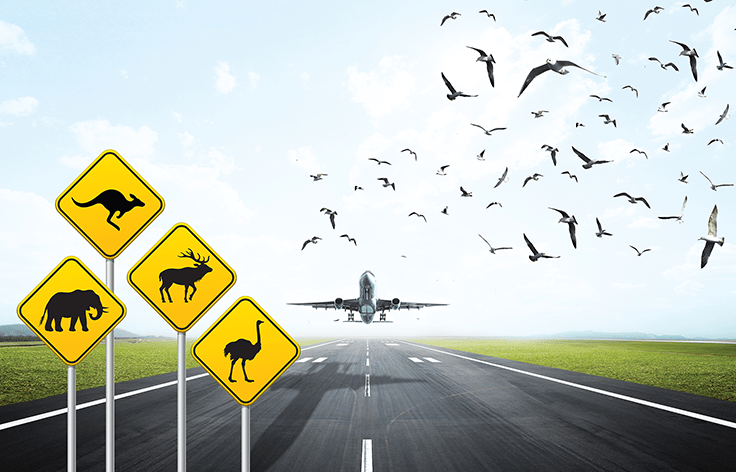Thunderstorms
and instability are present, the clouds continue to increase in vertical height. Continuous, strong updrafts prohibit moisture from falling. Within approximately 15 minutes, the thunderstorm reaches the mature stage, which is the most violent time period of the thunderstorm’s life cycle. At this point, drops of moisture, whether rain or ice, are too heavy for the cloud to support and begin falling in the form of rain or hail. This creates a downward motion of the air. Warm, rising air; cool, precipitation-induced descending air; and violent turbulence all exist within and near the cloud. Below the cloud, the down-rushing air increases surface winds and decreases the temperature. Once the vertical motion near the top of the cloud slows down, the top of the cloud spreads out and takes on an anvil-like shape. At this point, the storm enters the dissipating stage. This is when the downdrafts spread out and replace the updrafts needed to sustain the storm" (Pilot’s Handbook of Aeronautical Knowledge, 2020).
I chose thunderstorms not for the lighting, since most aircraft have some type of protection built in the wing to include lighting wicks at the trailing edges of wings and rudder. I chose thunderstorms for the turbulence and hail that is created by the storm. "Flying under thunderstorms can subject aircraft to rain, hail, damaging lightning, and violent turbulence" (Pilot’s Handbook of Aeronautical Knowledge, 2020).
References
“Pilot’s Handbook of Aeronautical Knowledge.” Template. Accessed January 21, 2020. https://www.faa.gov/regulations_policies/handbooks_manuals/aviation/phak/.
